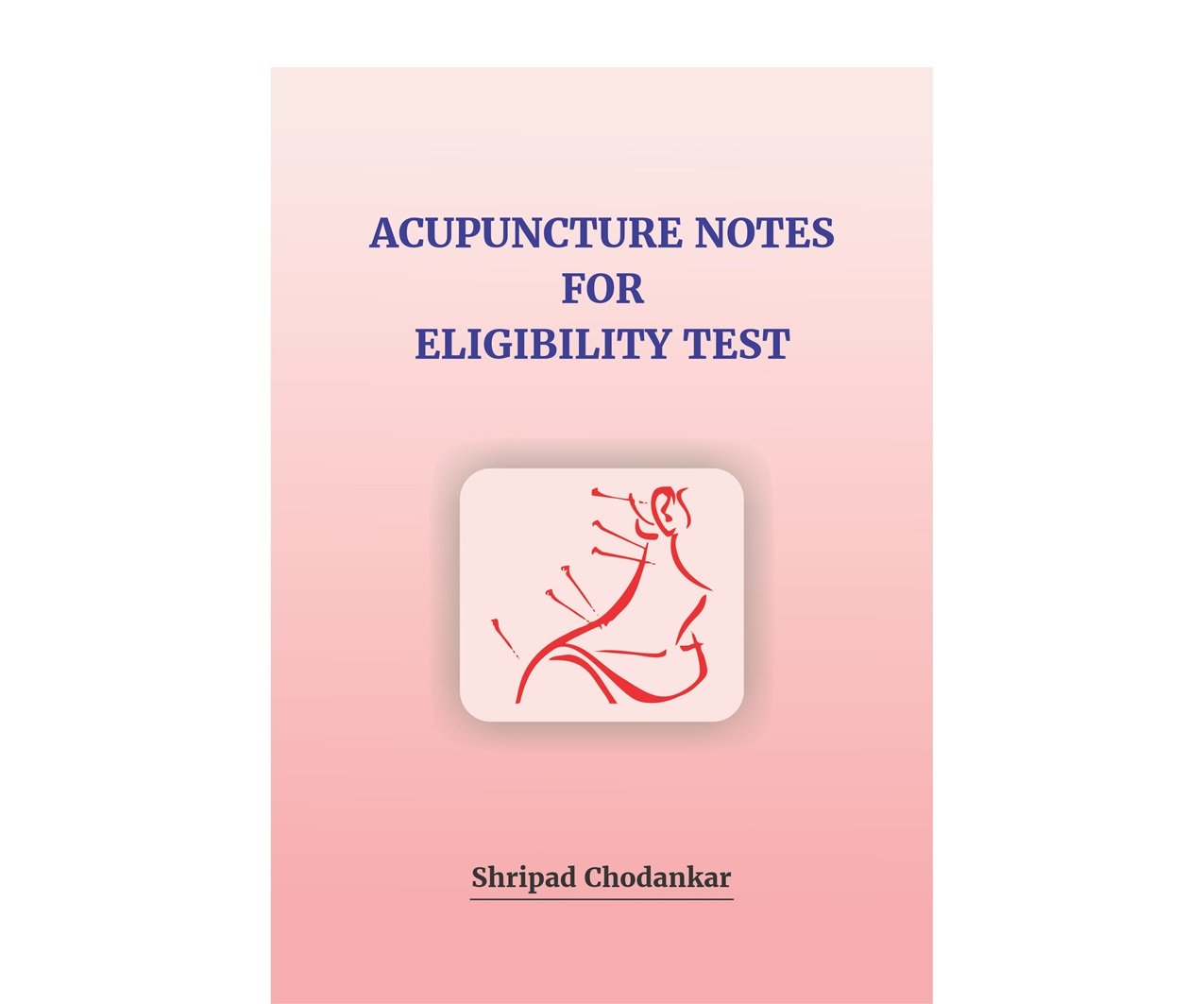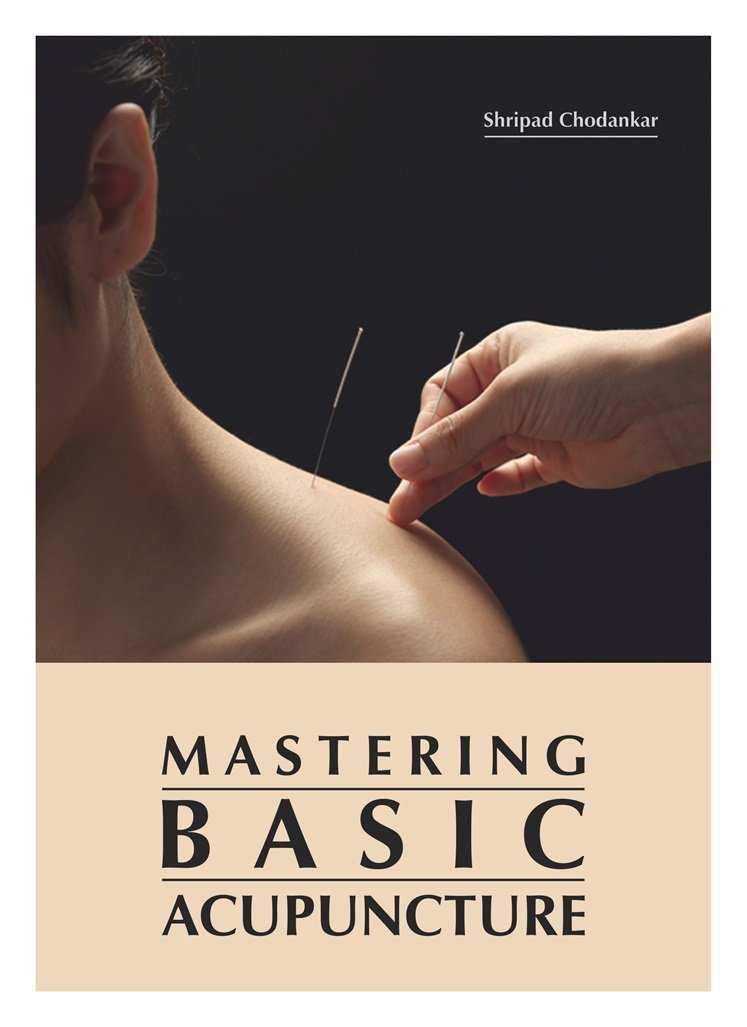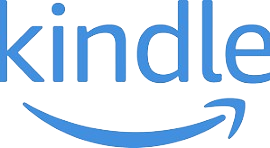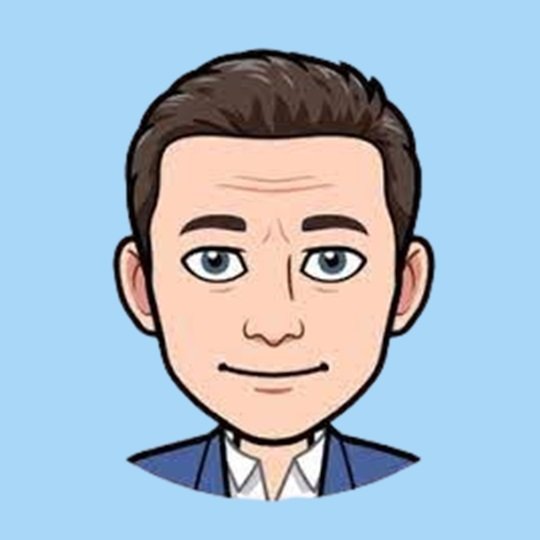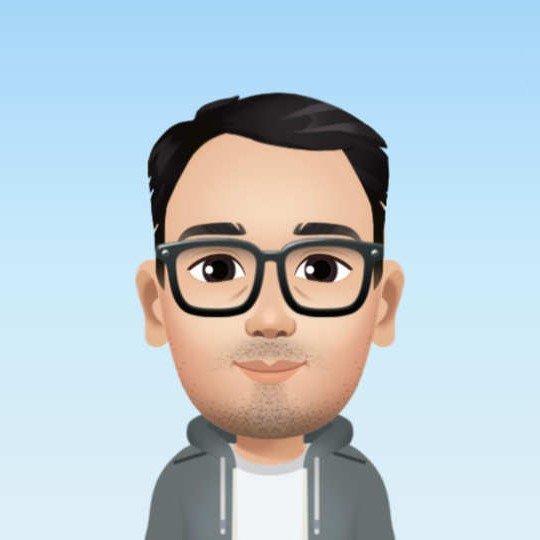Mastering Basic Acupuncture
Dr. Shripad Chodankar
INR 800
The book enlightens the TCM theory & scope of Acupuncture. The book aimed for beginners to introduce the fundamentals of Acupuncture viz. Brief history, Philosophy, Channels and collaterals, Description of Meridians and Acupoints. Therapeutics helps students & practitioners in their practice. Yin-Yang, Five Element Theory, Organ Clock, Birth Organ Clock & methods & techniques are well explained.
Treasure of Acupuncture...
Categories
-
Informative (2)
-
Life Style (1)
-
Acupuncture (4)
-
Auriculotherapy (3)
-
Massage (3)
Related Publications
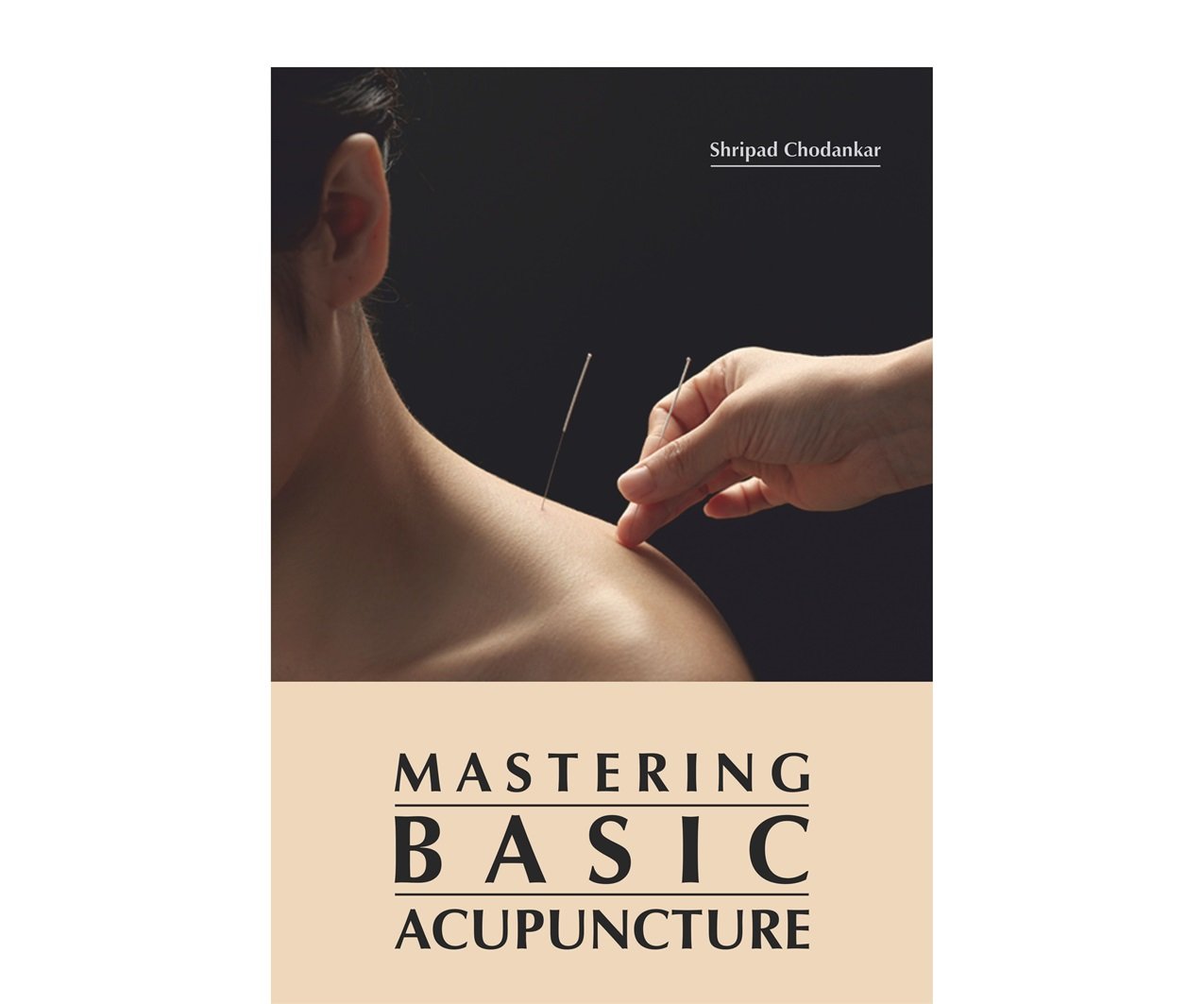
Mastering Basic Acupuncture

Mastering
Acupoints

Five Element
Theory
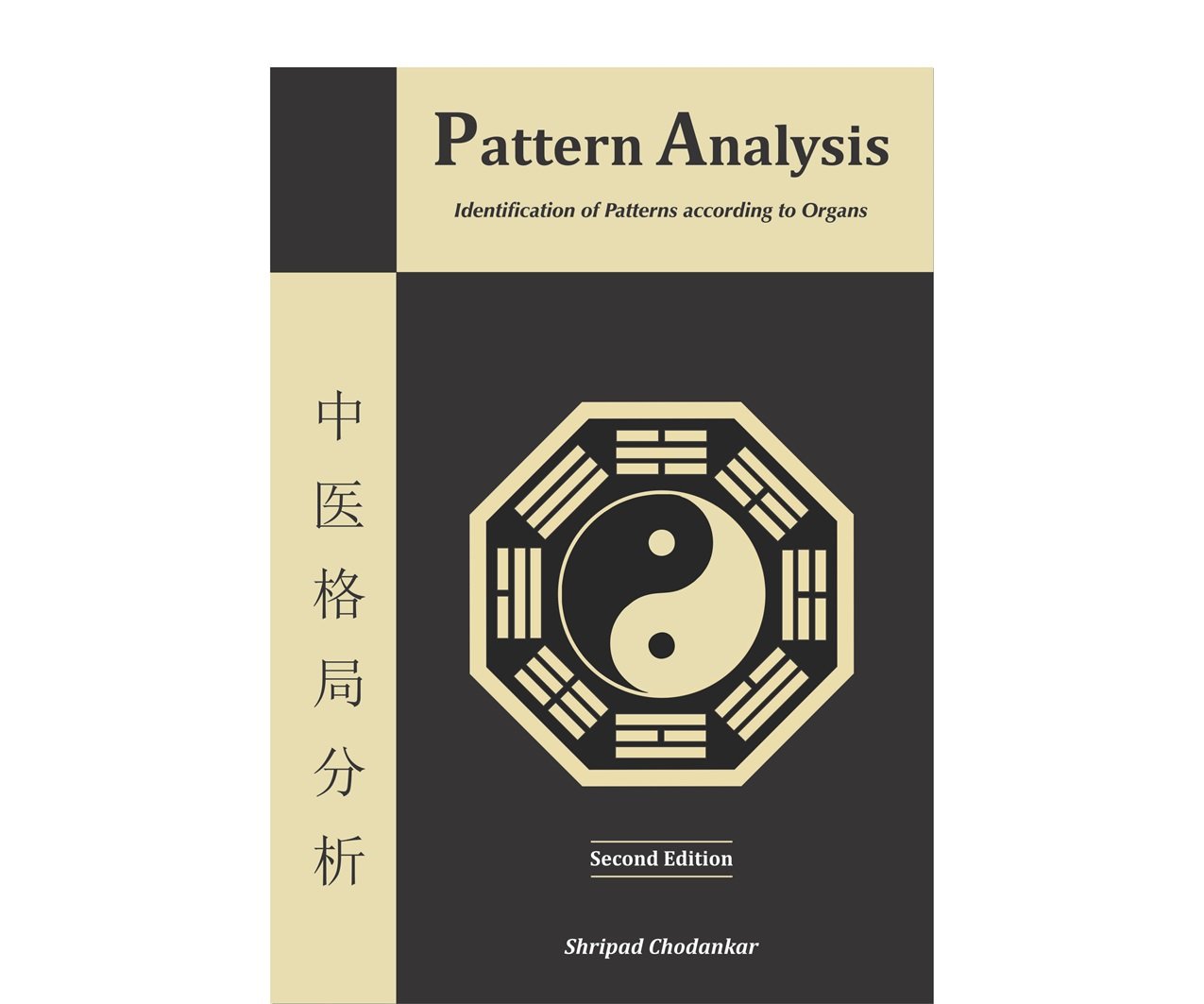
Pattern
Analysis
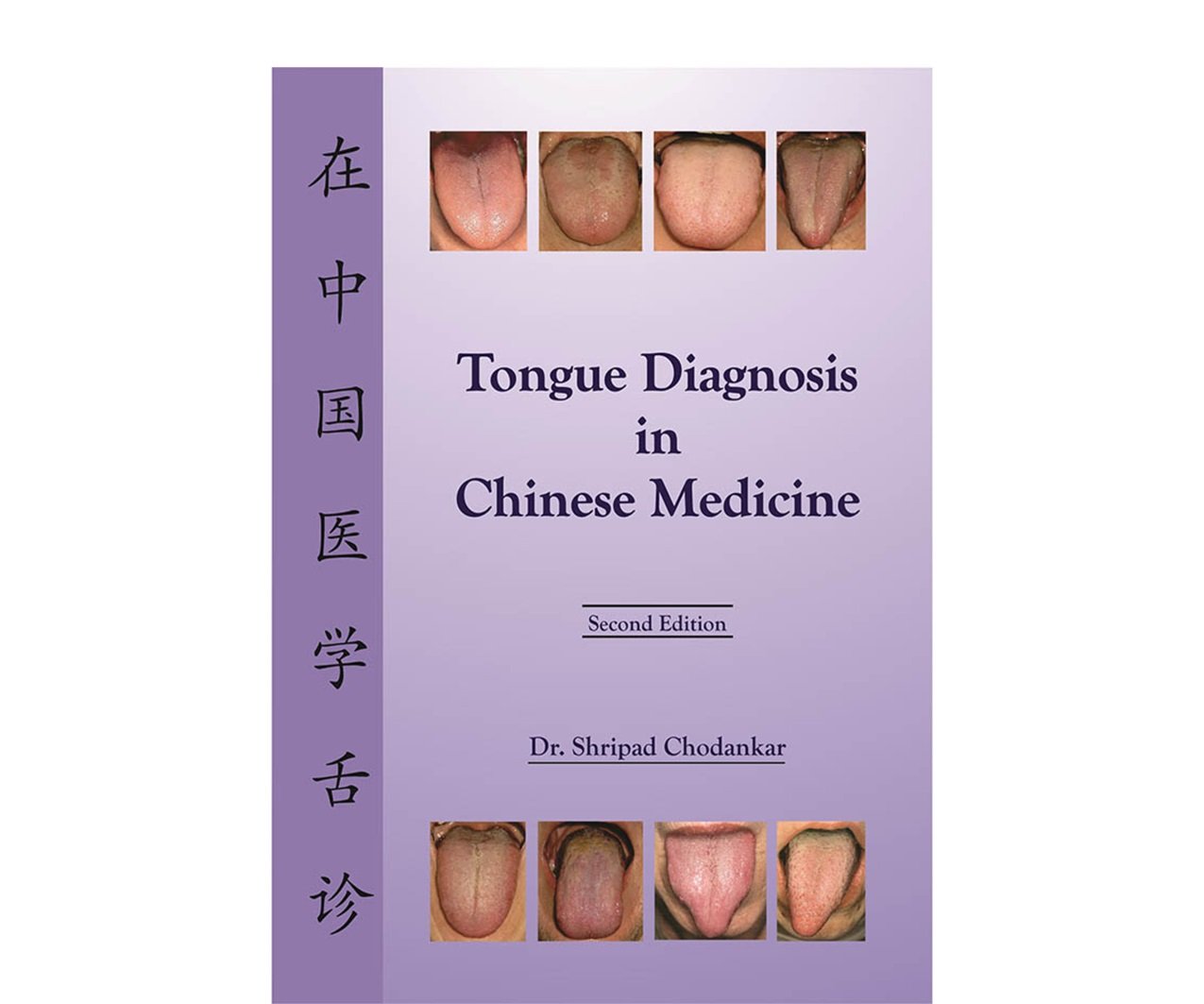
Tongue Diagnosis in Chinese Medicine

Handbook on Tongue Diagnosis

Acupuncture for
Infertility
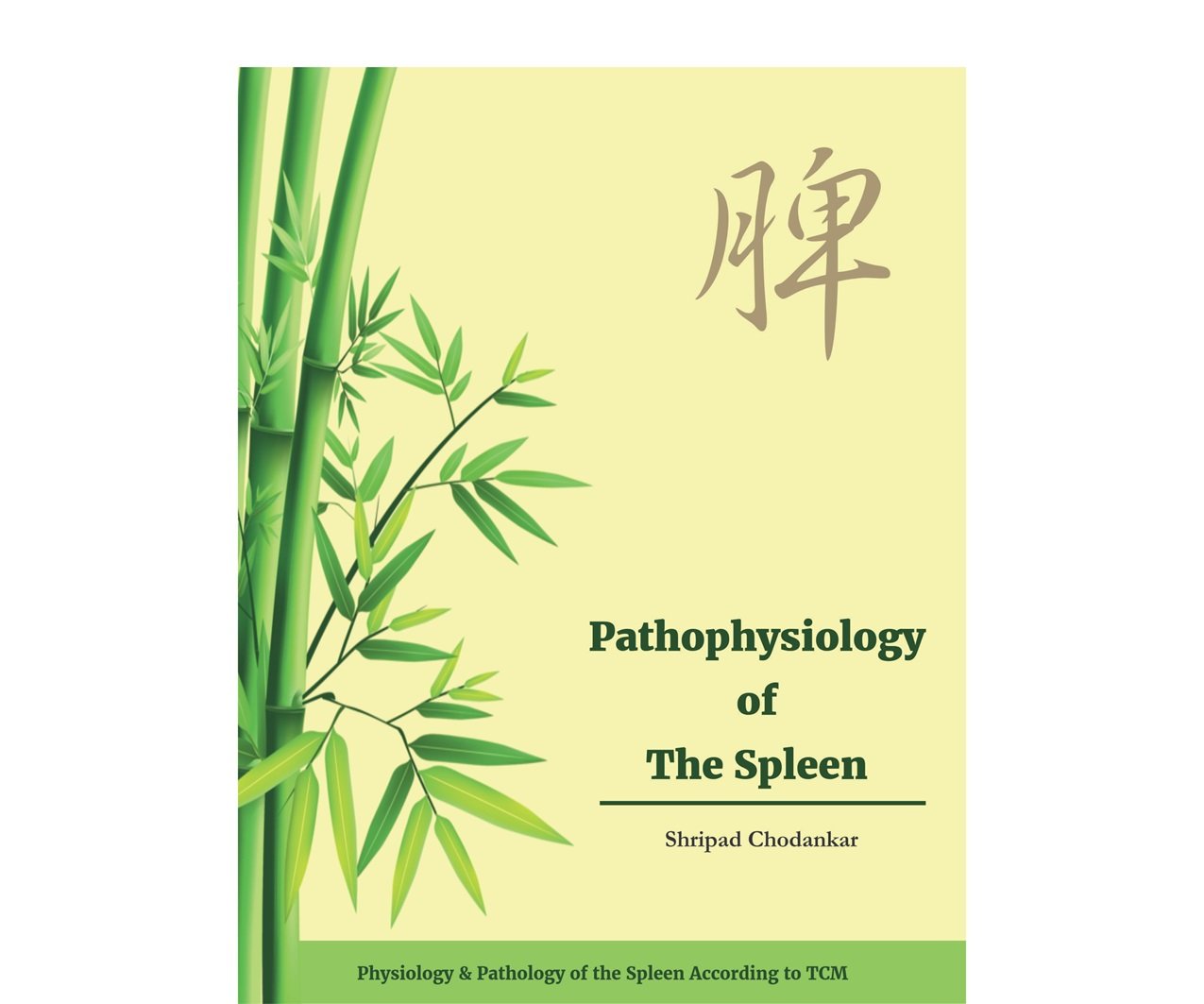
Pathophysiology of
The Spleen

Scalp
Acupuncture
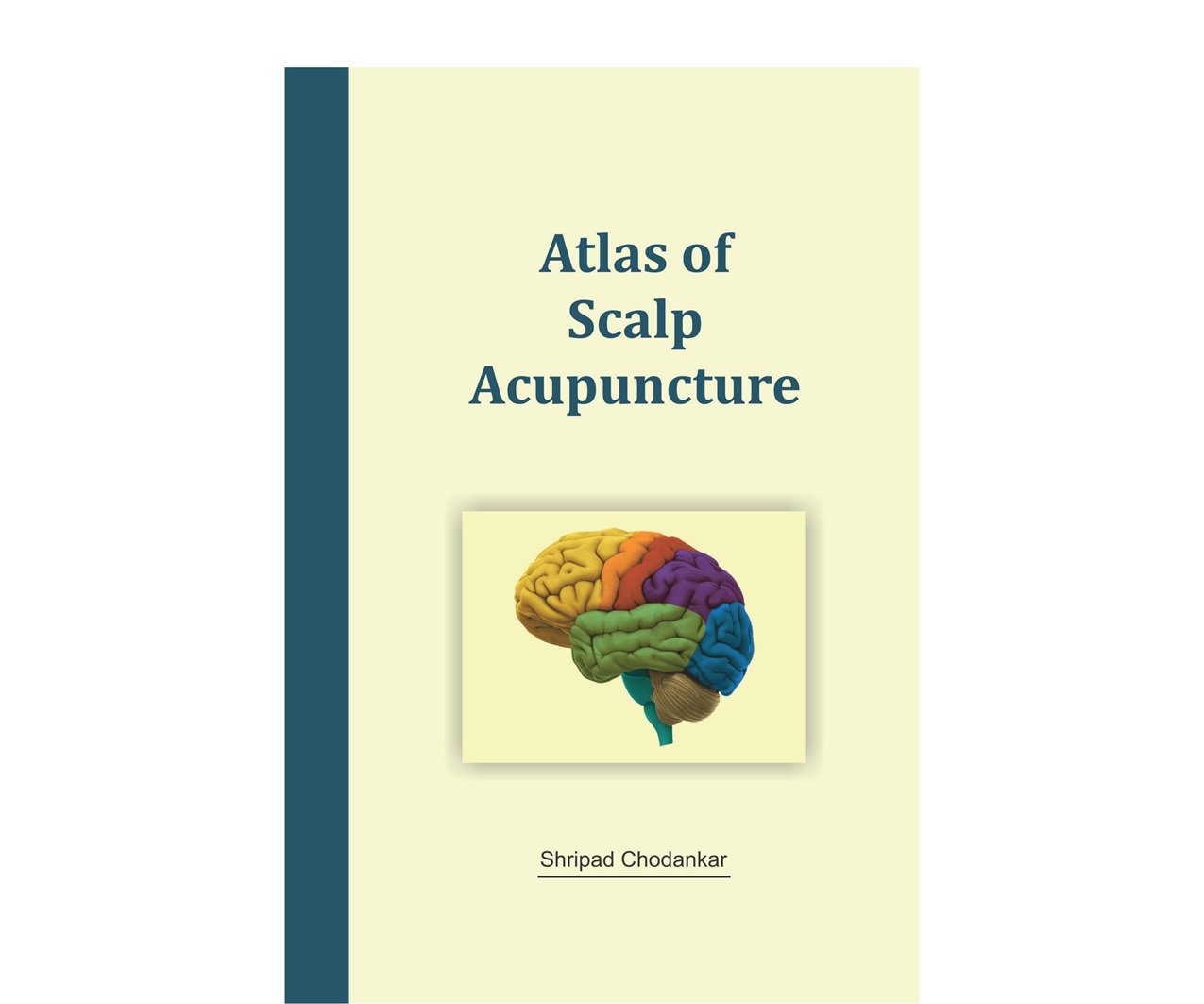
Atlas of Scalp Acupuncture

Mastering
Auriculotherapy
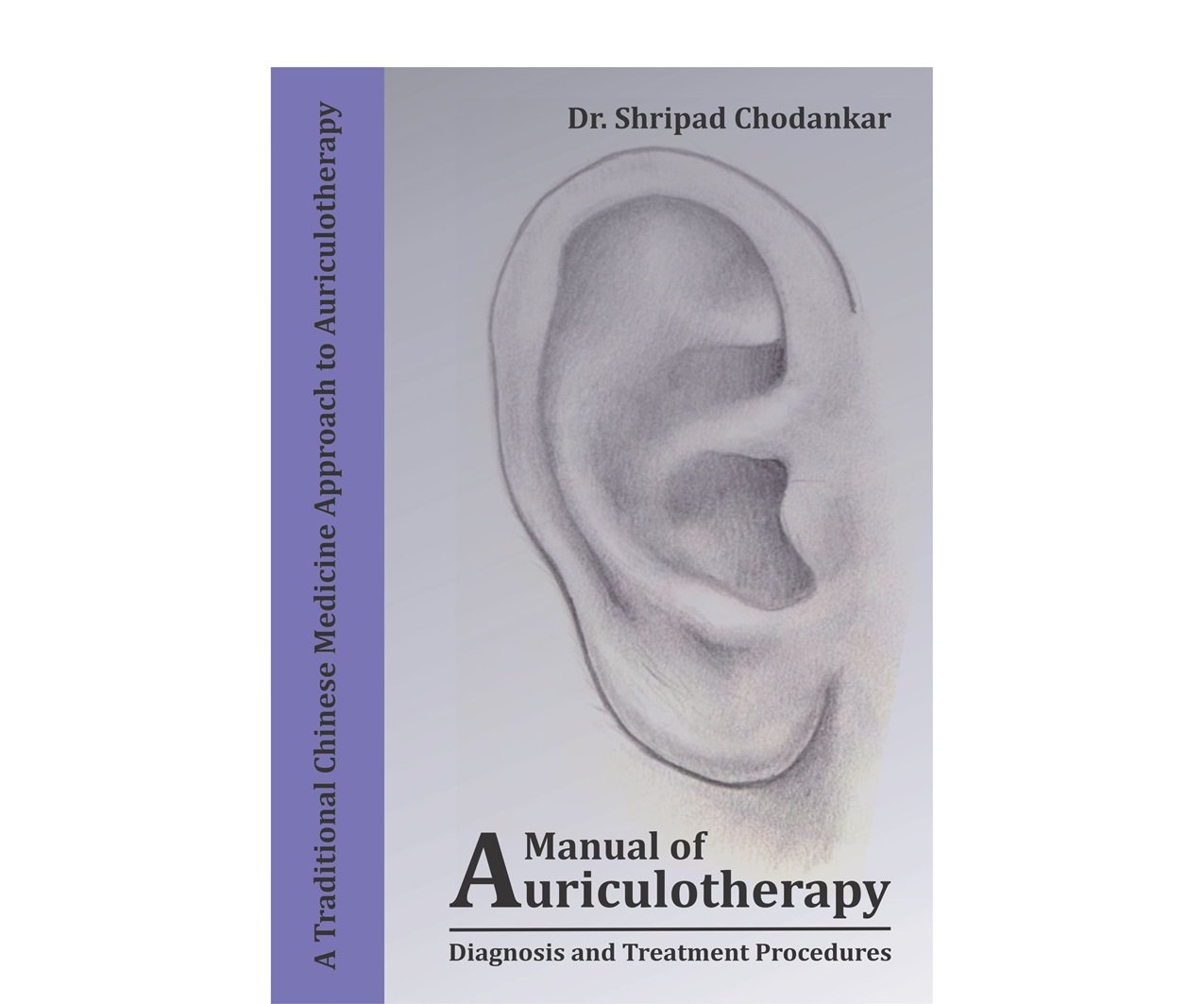
Manual of
Auriculotherapy

Auriculotherapy
Handbook

Mastering
Tui Na

Handbook on
Tui Na
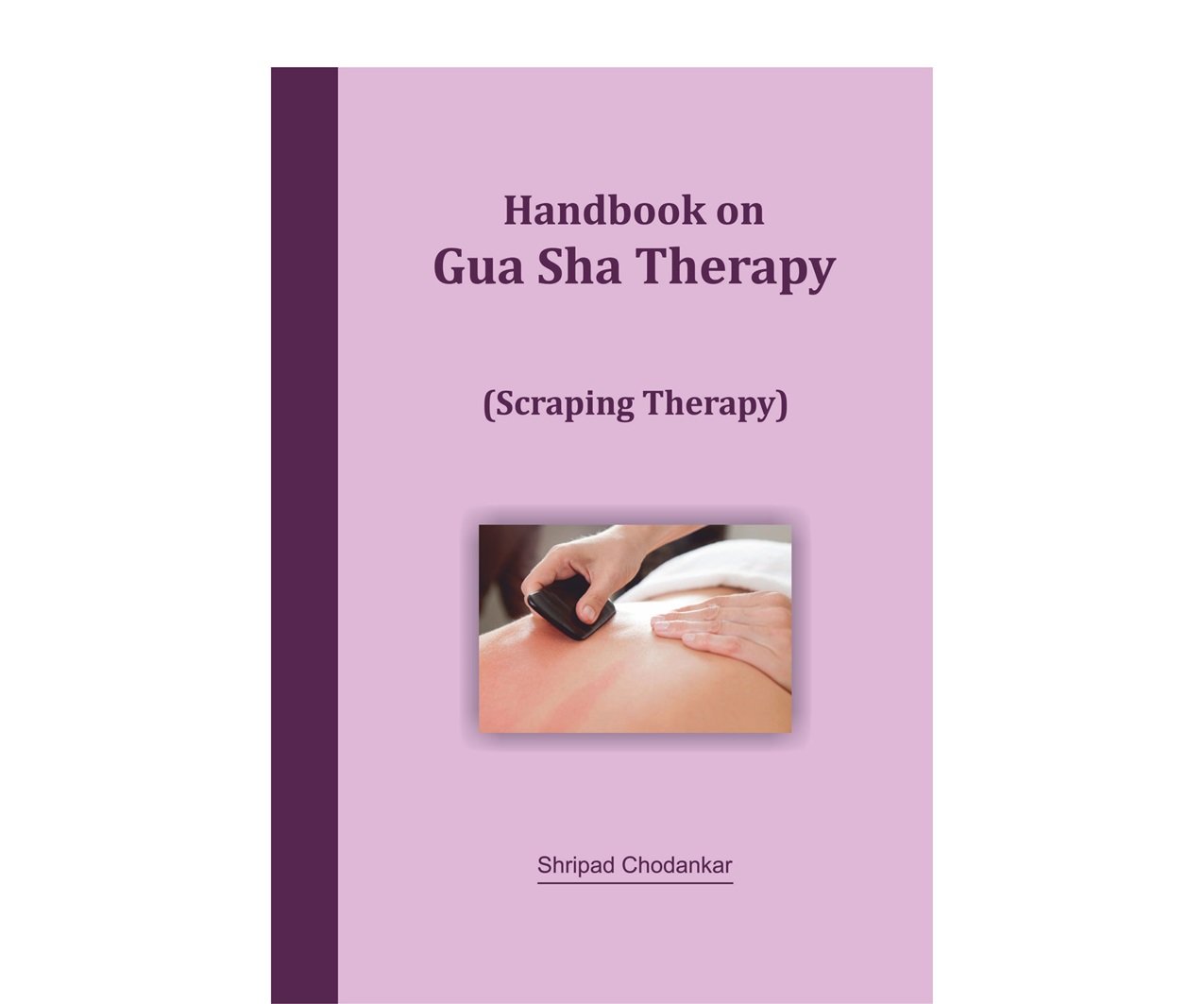
Handbook on
Gua Sha Therapy

Informative Book on Acupuncture
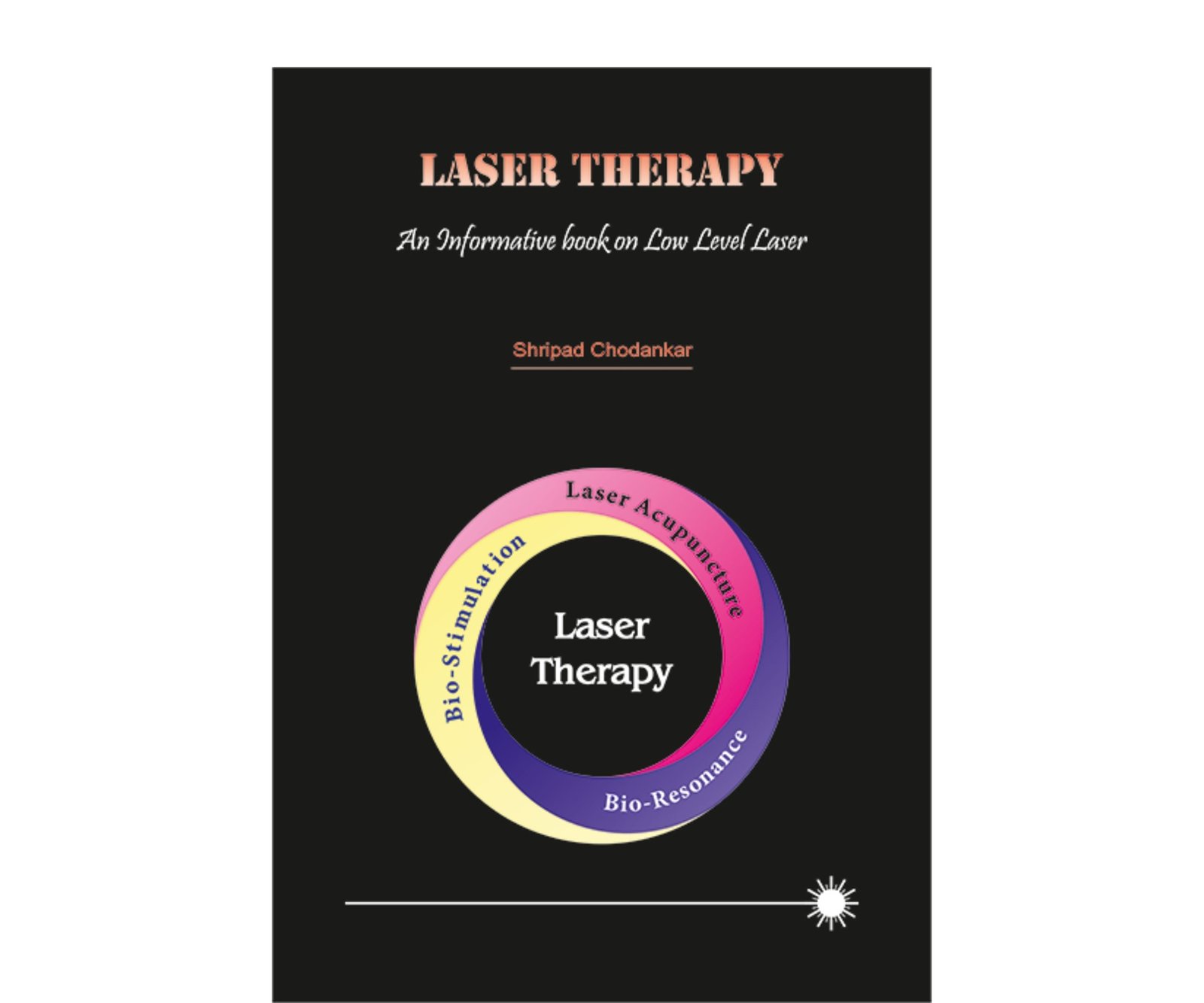
Laser
Therapy
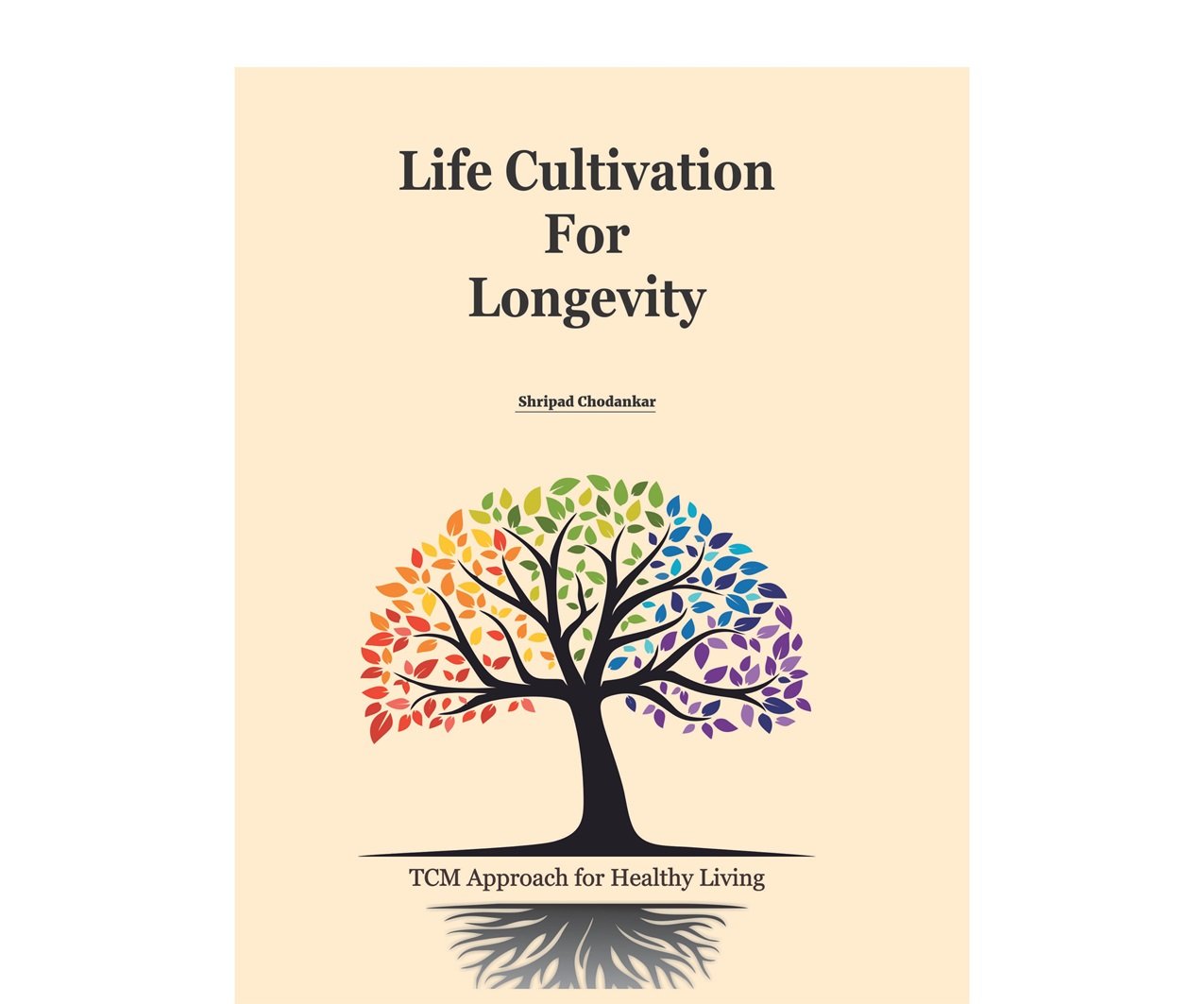
Life Cultivation for Longevity
